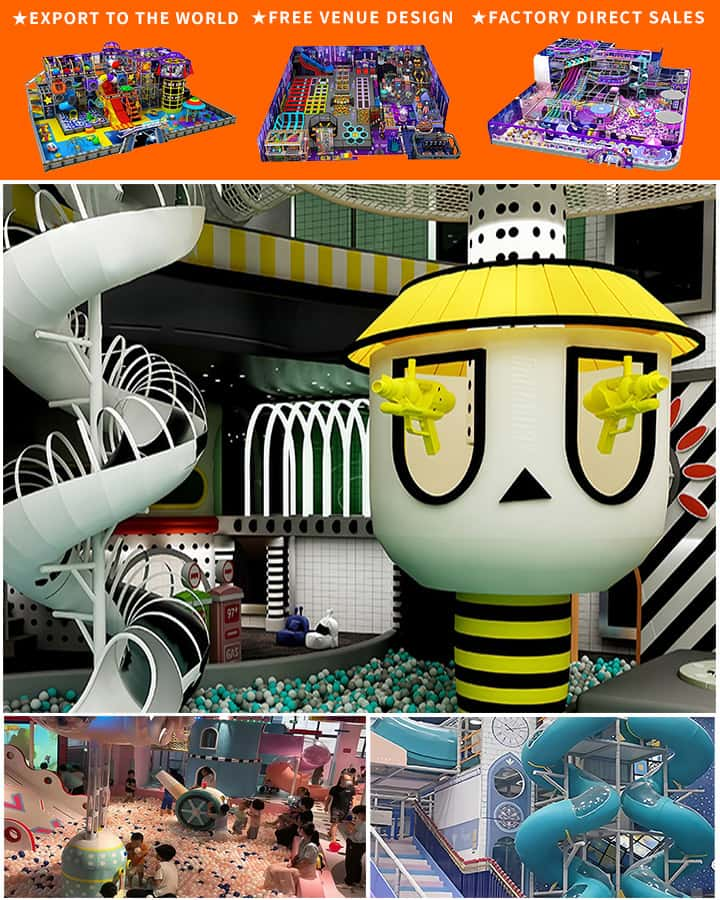Playgrounds are vital spaces that foster physical activity, social interaction, and overall development in children. However, traditional playground equipment often fails to cater to the diverse needs of all children, particularly those with disabilities. Recognizing this gap, innovative designers and organizations have begun creating inclusive playground equipment that ensures every child can enjoy and benefit from playtime. This article explores some groundbreaking solutions that make playgrounds more accessible and enjoyable for children with disabilities.
The Importance of Inclusive Play
Inclusive playgrounds are designed to be accessible to children regardless of their physical, sensory, or cognitive abilities. These playgrounds aim to provide equal opportunities for play, ensuring that no child is left out due to a disability. Inclusive play not only enhances physical fitness but also promotes emotional well-being and social skills. For children with disabilities, participating in play activities can significantly boost self-esteem, independence, and confidence.
Types of Inclusive Playground Equipment
Adaptive Swings Adaptive swings offer multiple seating options to accommodate children of different sizes and mobility levels. Features like harnesses and supportive backrests ensure safety and comfort for children with varying physical capabilities. Additionally, some swings are designed to be easily transferable, allowing children who use wheelchairs to access them effortlessly.

Accessible Carousels Carousels are a beloved playground feature, but traditional designs often exclude children with mobility impairments. Modern carousels are now being equipped with platforms at varying heights and transfer seats, enabling children with disabilities to join in the fun. Some carousels also feature sensory integration elements, such as tactile surfaces and auditory cues, catering to children with visual or hearing impairments.
Inclusive Climbing Structures Climbing structures are essential for developing motor skills, balance, and coordination. Inclusive climbing frames include ramps alongside ladders and handrails along pathways to support children with limited mobility. They are also designed with varied textures and grips to help children with different sensory needs navigate the structures safely.
Interactive Sensory Play Sensory play is crucial for children with sensory processing disorders or autism spectrum disorders. Interactive sensory panels, featuring elements like textured surfaces, musical instruments, and visual stimuli, engage multiple senses simultaneously. These panels can be mounted at wheelchair-accessible heights, ensuring that all children can interact with and benefit from them.
Customized Play Areas Customized play areas are specifically designed to meet the unique needs of individual children or groups of children with similar disabilities. These areas might include specialized equipment tailored for specific therapeutic goals, such as balance training or fine motor skill development. Collaborating with occupational therapists and special education experts ensures that these play areas are both safe and effective.
Benefits of Inclusive Playgrounds
The benefits of inclusive playgrounds extend beyond just physical accessibility. By providing an environment where all children can play together, these playgrounds promote understanding, empathy, and acceptance among young individuals. Children learn to appreciate diversity and develop stronger social bonds when they see their peers overcoming challenges and enjoying playtime together.
Additionally, inclusive playgrounds offer parents and caregivers peace of mind, knowing that their children can participate in recreational activities without barriers. This inclusivity supports family cohesion and community engagement, making parks and playgrounds vibrant hubs of activity for everyone.
Future Directions
The push towards more inclusive playgrounds continues to gain momentum, driven by advocacy groups, innovative design, and increased awareness. As technology advances, we can expect even more sophisticated and adaptable playground equipment. Virtual reality and interactive digital elements may soon find their way into inclusive playgrounds, offering new dimensions of play and learning.
In conclusion, creating playgrounds that are accessible and enjoyable for all children is not just a matter of equity but a necessity for fostering a more inclusive society. By embracing innovative playground equipment and thoughtful design, we can ensure that every child has the opportunity to play, learn, and thrive.




